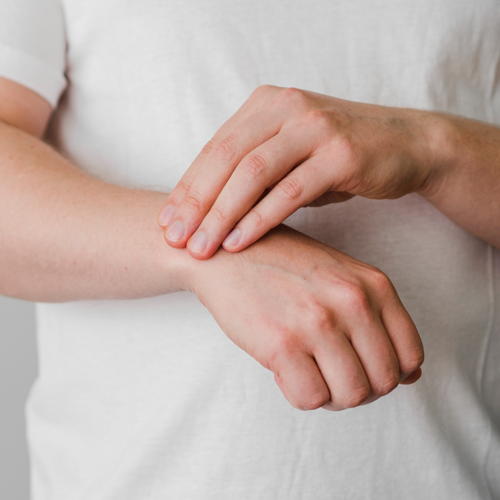Case Reports
9 February 2016
Vol. 67 No. 3 (2015)
Erasmus syndrome in a marble worker

Publisher's note
All claims expressed in this article are solely those of the authors and do not necessarily represent those of their affiliated organizations, or those of the publisher, the editors and the reviewers. Any product that may be evaluated in this article or claim that may be made by its manufacturer is not guaranteed or endorsed by the publisher.
All claims expressed in this article are solely those of the authors and do not necessarily represent those of their affiliated organizations, or those of the publisher, the editors and the reviewers. Any product that may be evaluated in this article or claim that may be made by its manufacturer is not guaranteed or endorsed by the publisher.
2580
Views
1439
Downloads
Authors
Rheumatology Unit, Policlinico Hospital, University of Bari, Bari, Italy.
Rheumatology Unit, Policlinico Hospital, University of Bari, Bari, Italy.
Department of Pathological Anatomy, Policlinico Hospital, University of Bari, Bari, Italy.
Rheumatology Unit, Policlinico Hospital, University of Bari, Bari, Italy.
Rheumatology Unit, Policlinico Hospital, University of Bari, Bari, Italy.
Rheumatology Unit, Policlinico Hospital, University of Bari, Bari, Italy.
Supporting Agencies
None
S. Bello, Rheumatology Unit, Policlinico Hospital, University of Bari, Bari
Rheumatogy Unit, researcher
How to Cite
PAGEPress has chosen to apply the Creative Commons Attribution NonCommercial 4.0 International License (CC BY-NC 4.0) to all manuscripts to be published.











